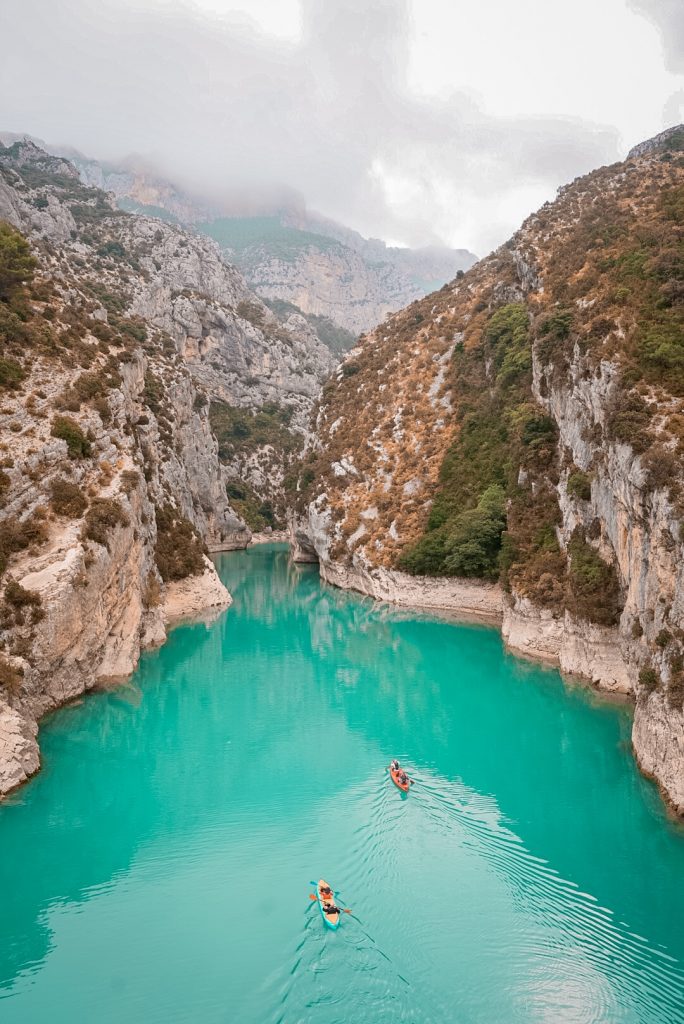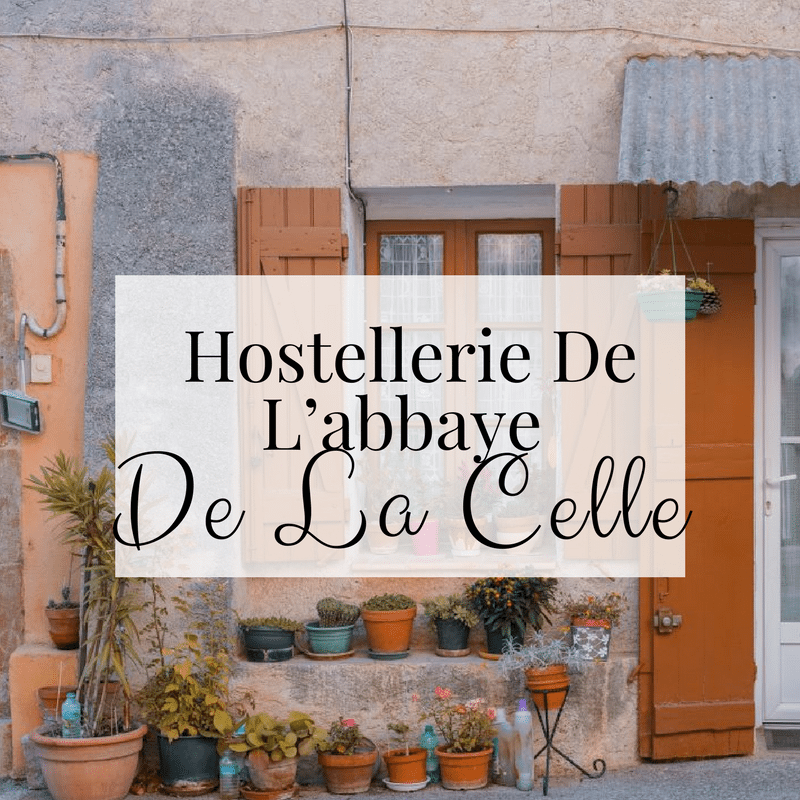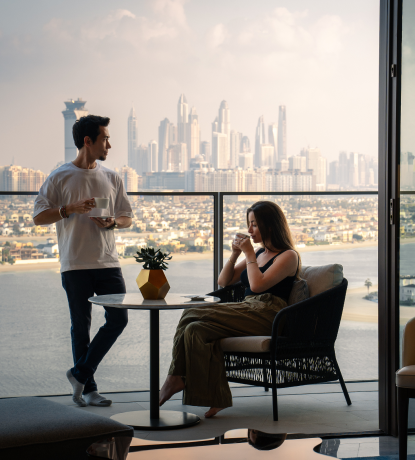Contents
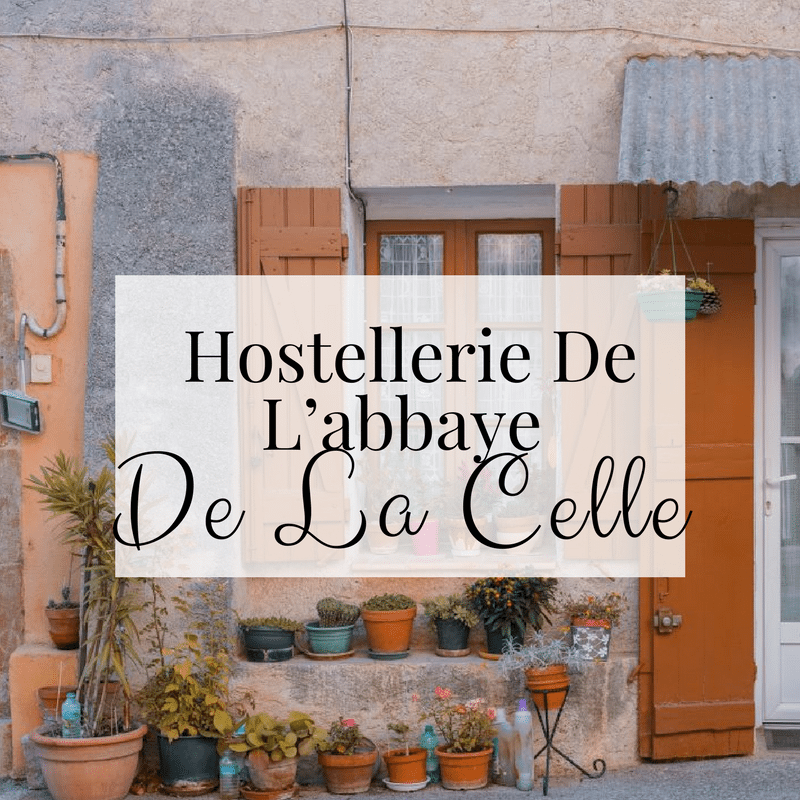
“FRANCE”
What is the first thing that came to mind when you read that? Was it Paris? The Eiffel Tower? Love? Cheese? Croissants? Perhaps, wine? A few years ago those would be my thoughts, too. Okay, fine I’ll admit, cheese and croissants and wine still cross my mind when I think of France … but so does Brignoles and Le Val and Aups and Cotignac. Have you heard of those places? Many may say that Paris is the most fascinating city in France and in this series of posts, I will challenge that notion and urge you to explore other parts of the charming country. Don’t get me wrong, by the way, I love Paris.
If you don’t know who Alain Ducasse is, that is ok. I will preface by saying that Paris is to France as Alain Ducasse is to the culinary world. Alain Ducasse is arguably the most celebrated chef in the world, a culinary mastermind and a brilliant businessman. More than just a chef, Alain Ducasse is a perfectionist – aside from the impeccable technique that goes into every dish – the cutlery, the menu’s, the tablecloths, and the setting are also meticulously planned out.
The Property…
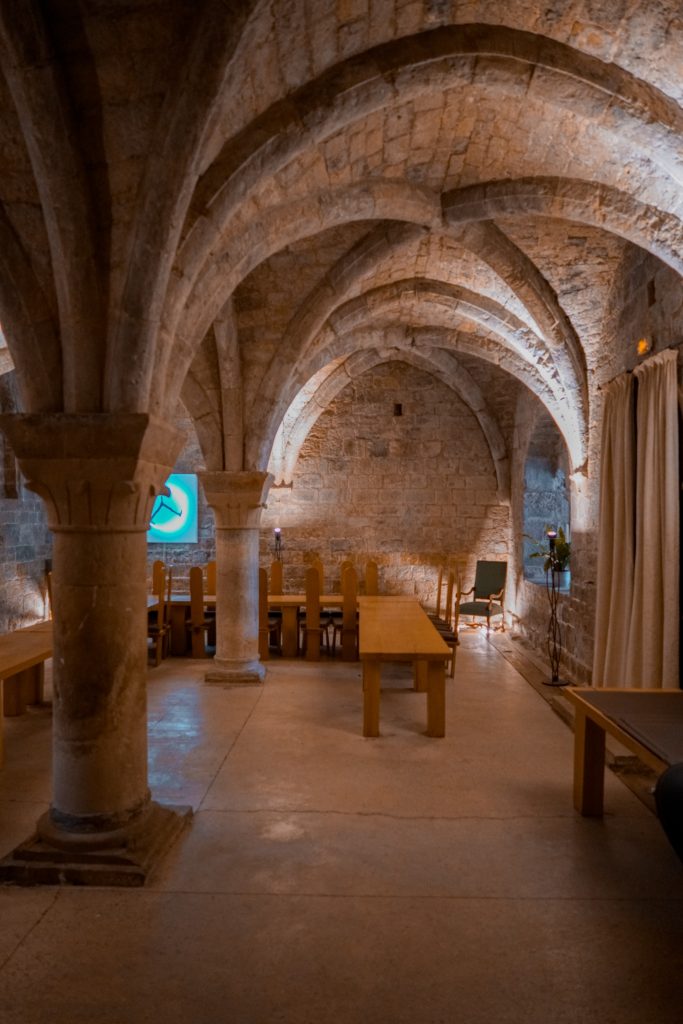
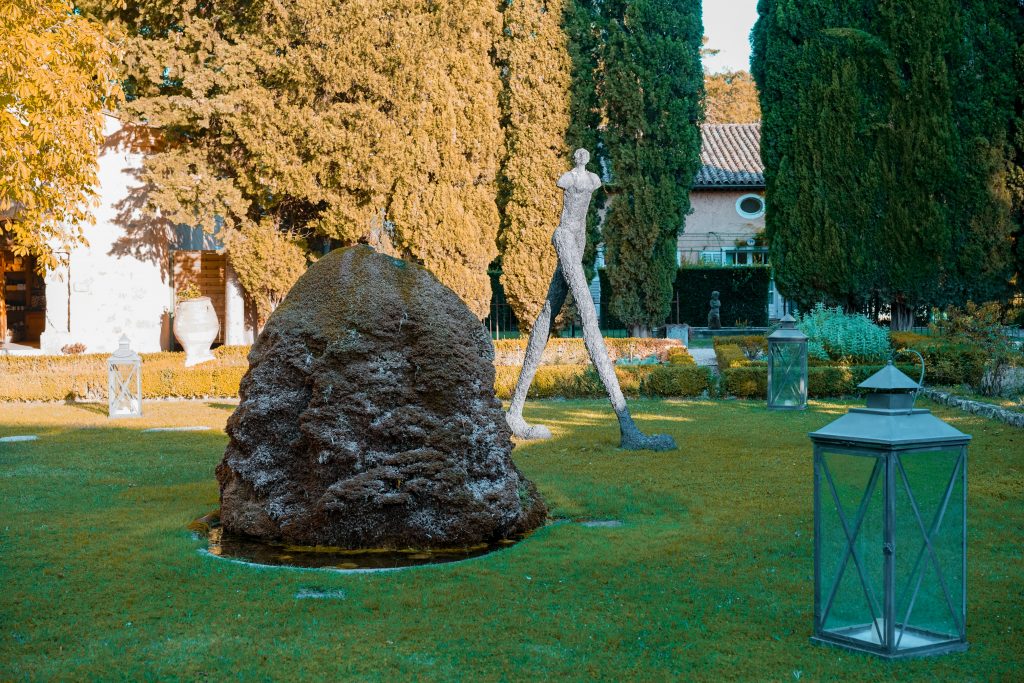
About two hours northwest of Nice in a French region known as Provence, is a small commune called Brignoles, known for peaches, olives and olive oil. On its outskirt is a village called La Celle en Provence, there is a 12th century Benedictine convent, a medieval historic monument. Alain Ducasse took over the property and transformed it not just into a boutique hotel but also into the centerpiece of hospitality, heritage and fine dining.
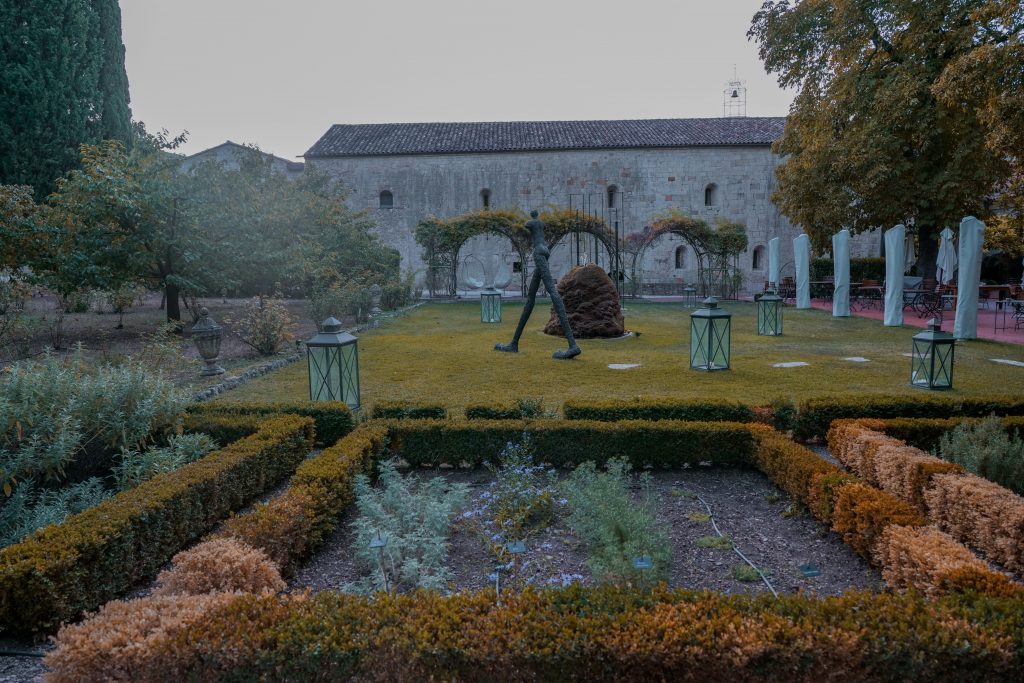
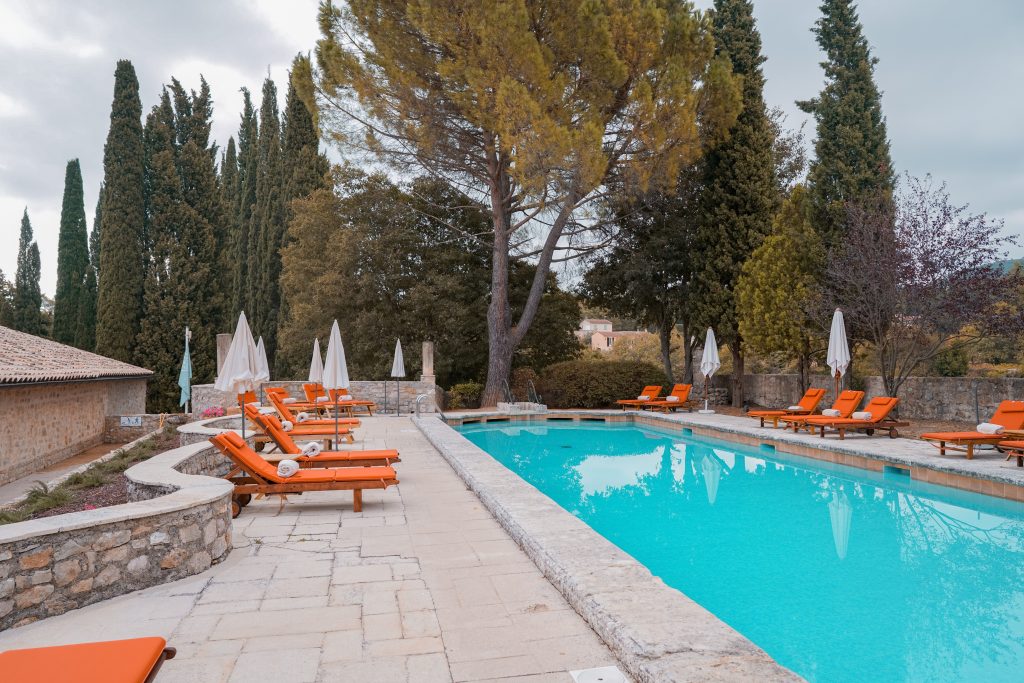
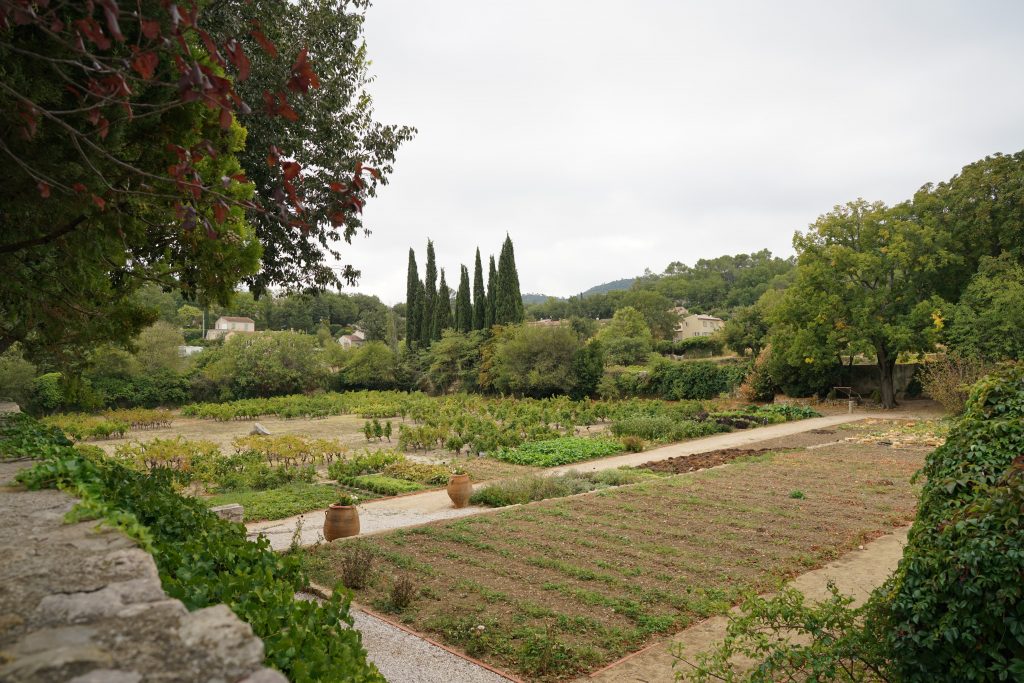
“Inns are the hymns praising the art of the innkeeper, made from an encounter between a story and a mood. They translate a faith in Man’s generosity, in his innate sense of hospitality.” – Alain Ducasse
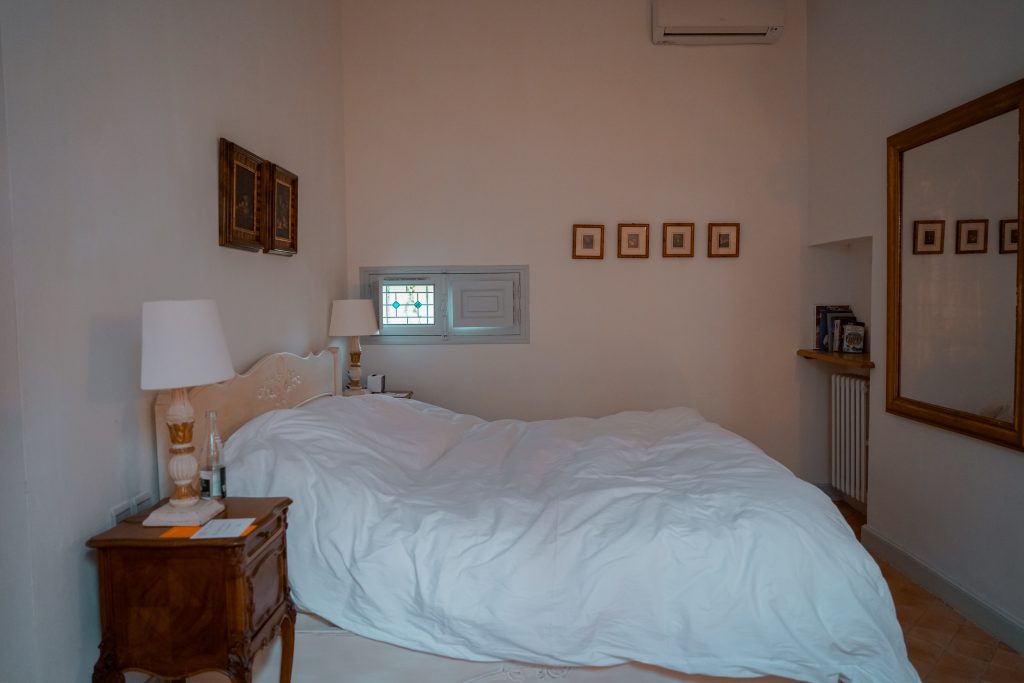
Our duplex suite had a fabulous cozy and private feel to it. Fuchsia accents can be found around the room and plenty of sunlight entered through the sunroof. We also had a semi-private garden! There is a reason this intimate escape is popular among couples and families alike. The end of September is an interesting time to be in the French Riviera. In many ways it resembles West Coast in the United States where temperatures drop in the nighttime and in peak day time the sun can be unbearable!
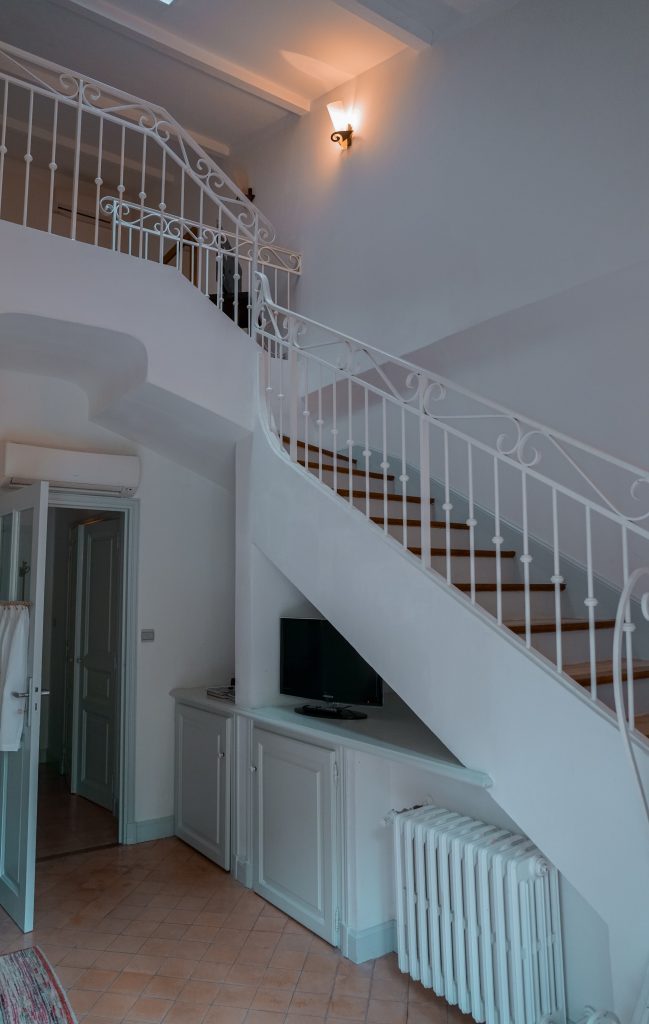
The Kitchen …
The restaurant attracts some of the most discerned diners in the region and even the world. Head Chef Nicolas Pierantoni boasts a simple motto: “the product in the purest form, the chef’s acquired knowledge and a certain feeling of mankind.” You would be shocked to realize how little the main products in the dishes are altered from their traditional form. Yet the diversity of flavors that comes out of such simplicity is astonishing.
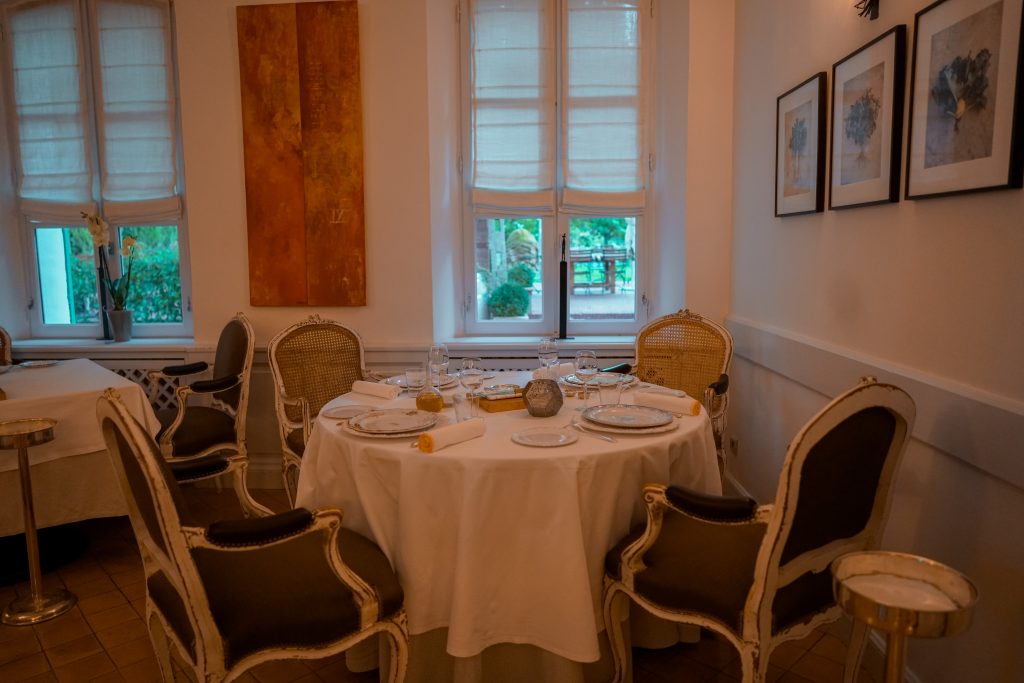
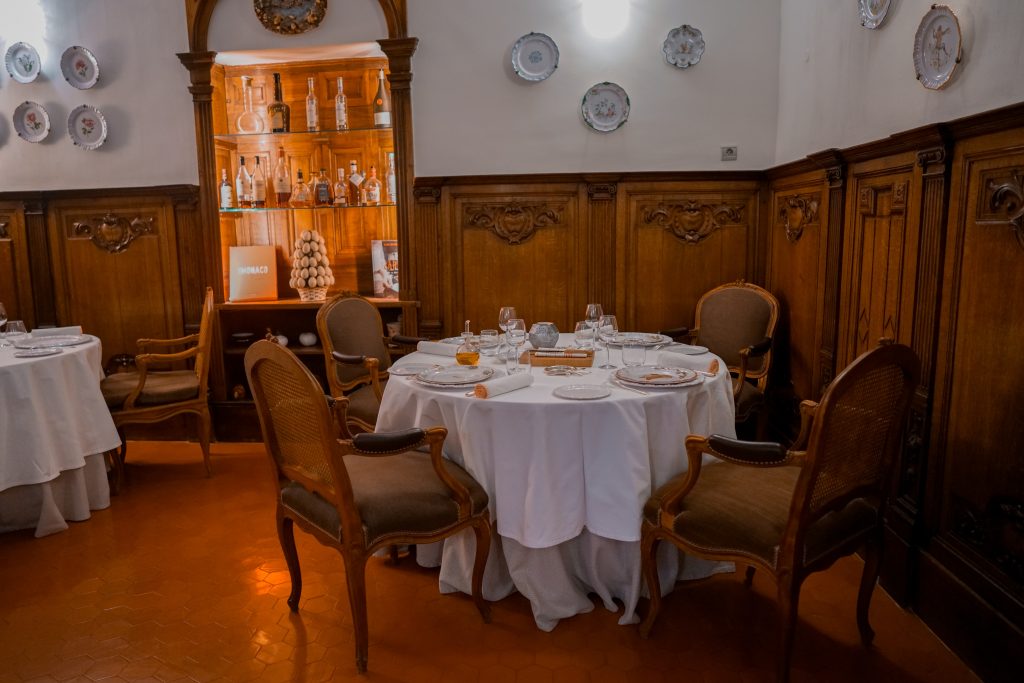
Vegetables are a pivotal part of every dish, all being supplied from a garden watered with spring water and weeded by hand. The Michelin starred menu is consequently seasonal, or as the Chef said, “if that day there are many tomatoes in the garden, we have to tailor our dishes to be tomato based.” The garden has 25 varieties of tomato, 15 varieties of basil, four varieties of zucchini and four varieties of squash and eggplant. There are also peppers, strawberries, persimmon, fennel, beet and Swiss chard. Regardless of the season, you can be sure that your dish will have the freshest products from the top local farmers in the area..
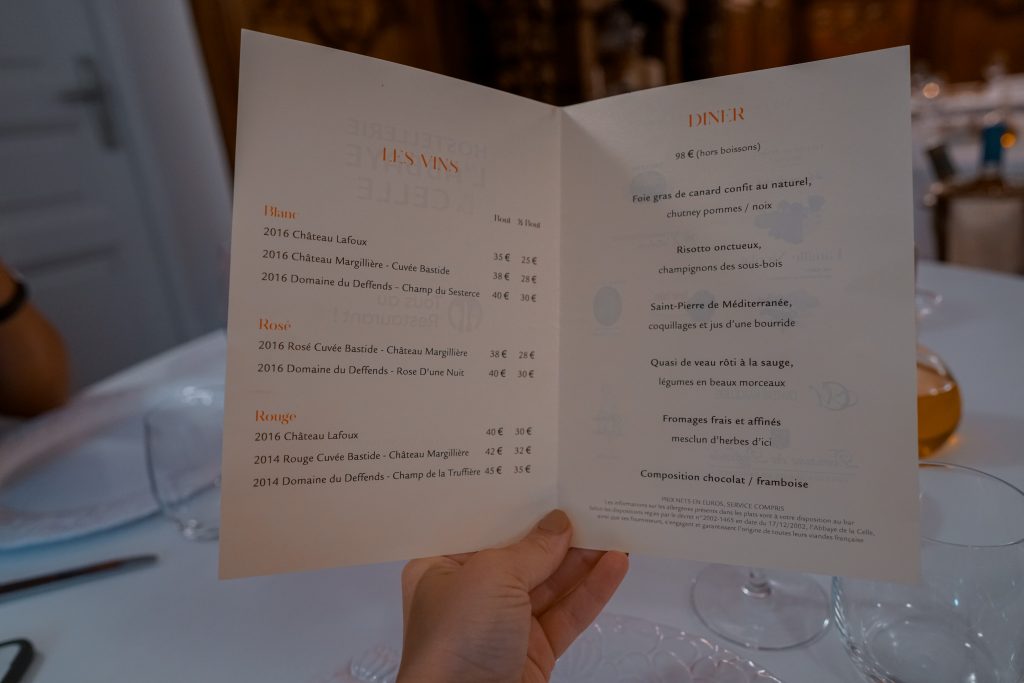
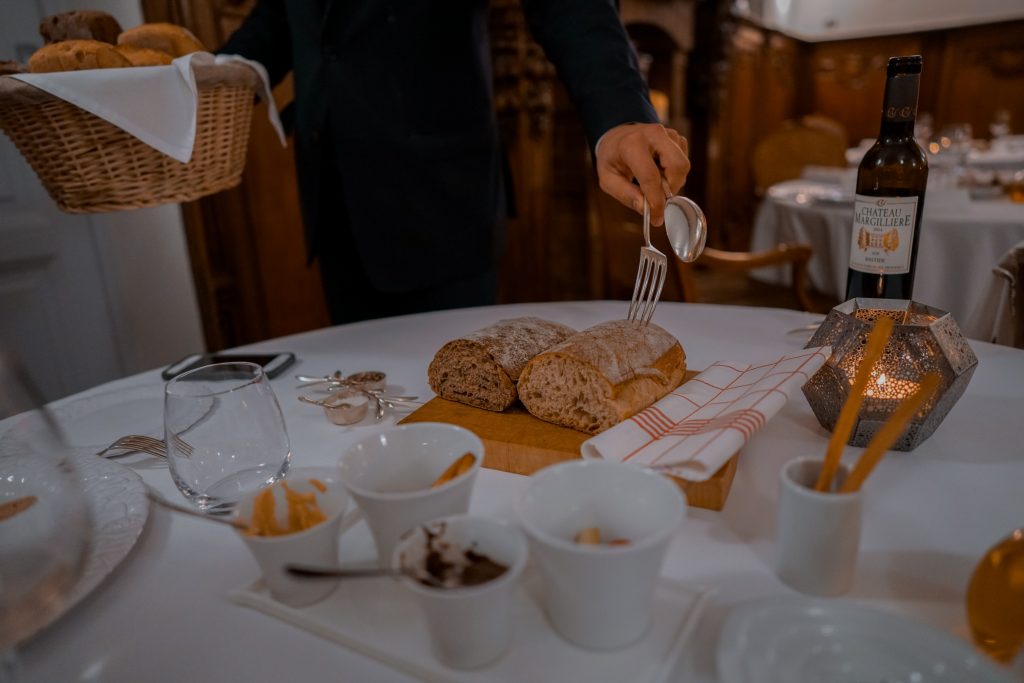
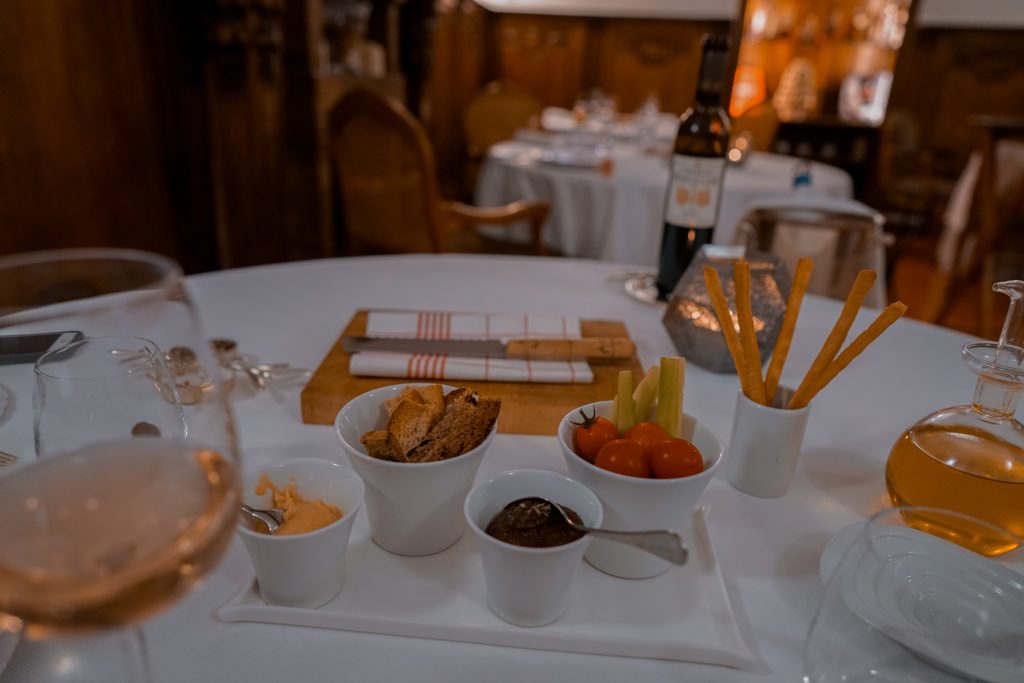
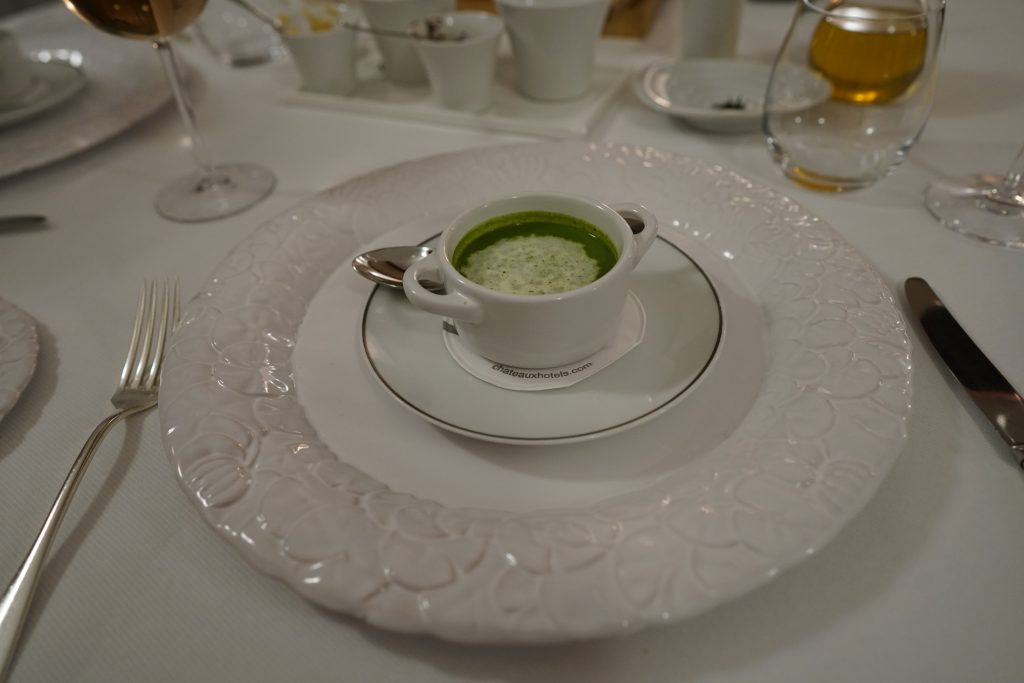
The beauty of this meal was that there was nothing extravagant about it – it was simple. Yet, all the products, especially the vegetables, expressed themselves in unique ways as if with a sense of pride that traces back to their well kept roots. (pun intended).
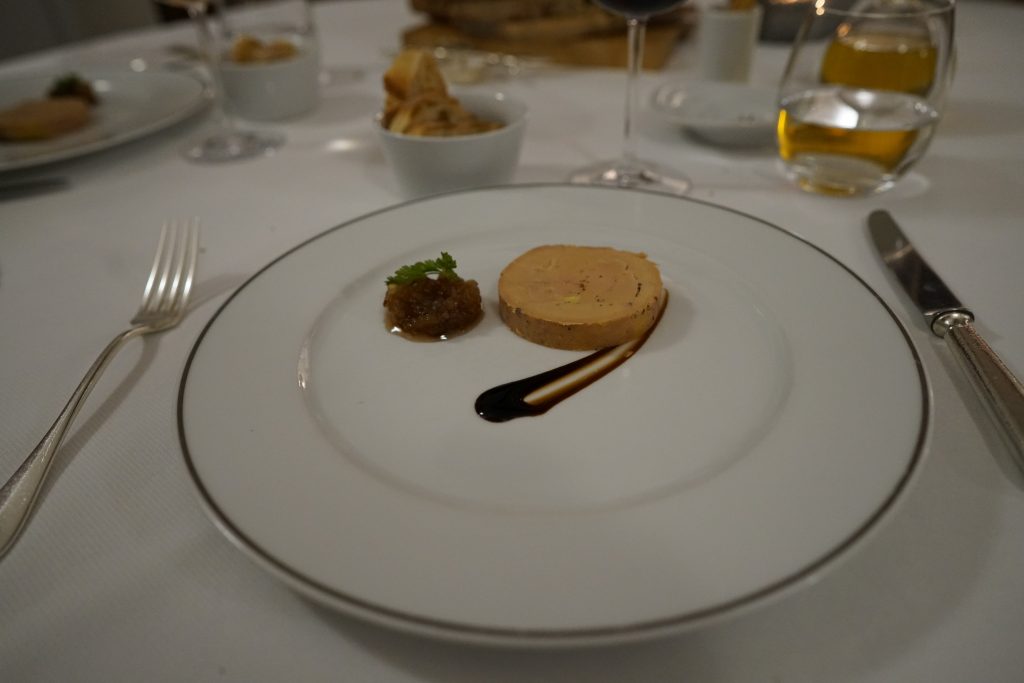

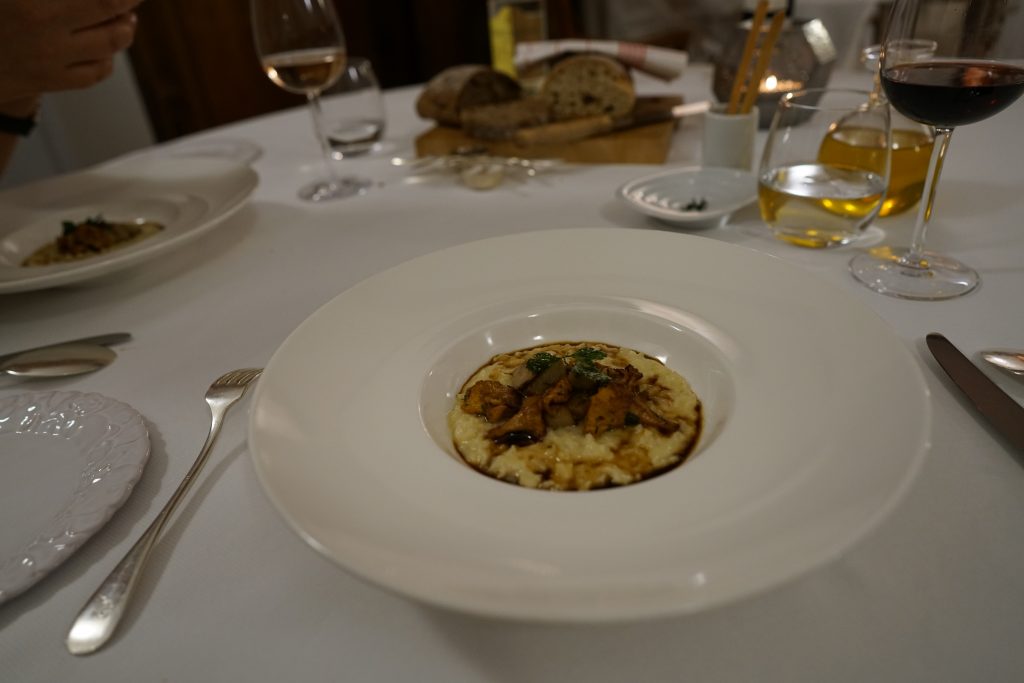
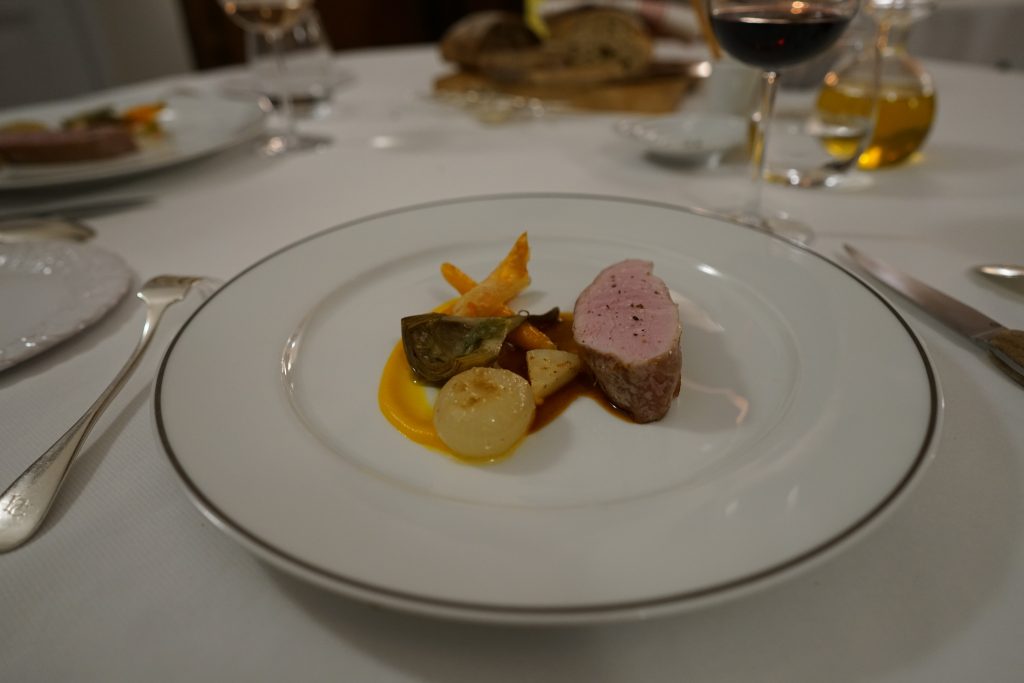
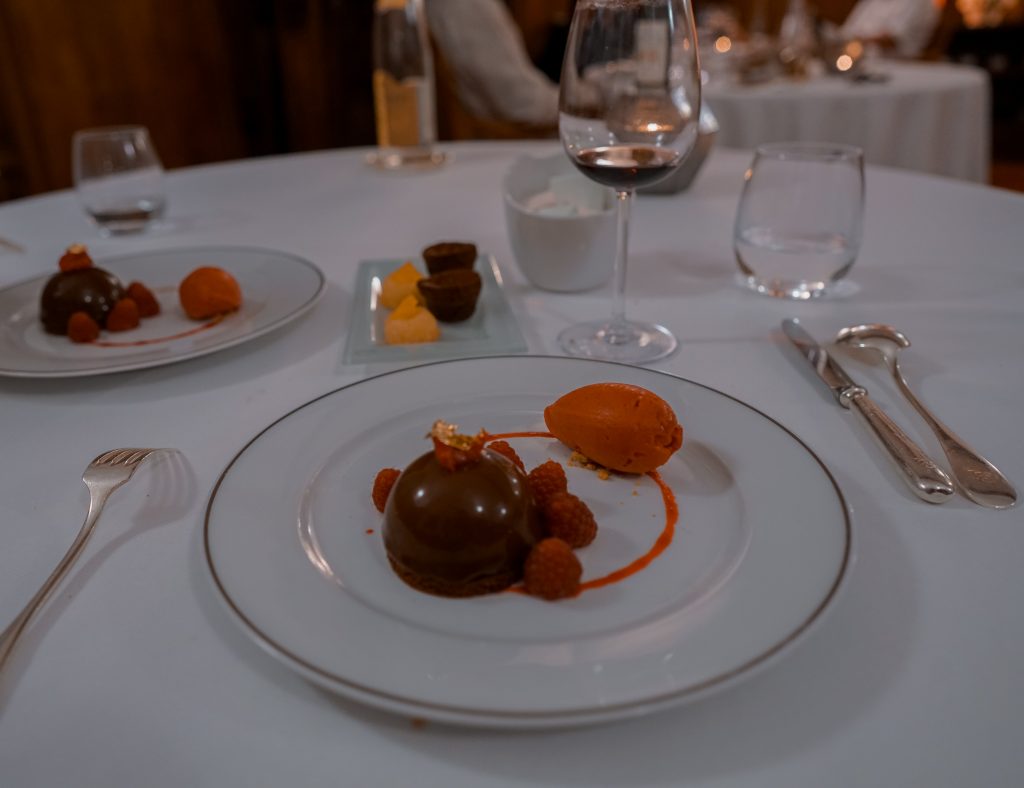
Breakfast dishes are perhaps the least popular in the French cuisine. As a matter of fact, a breakfast meal rarely extends past croissants and a café noisette (an espresso with a dash of milk). Therefore if you want a real breakfast, you have to make it clear to your server! As with every meal at Hostellerie De L’abbaye De La Celle, breakfast certainly did not disappoint … even while being the least popular!
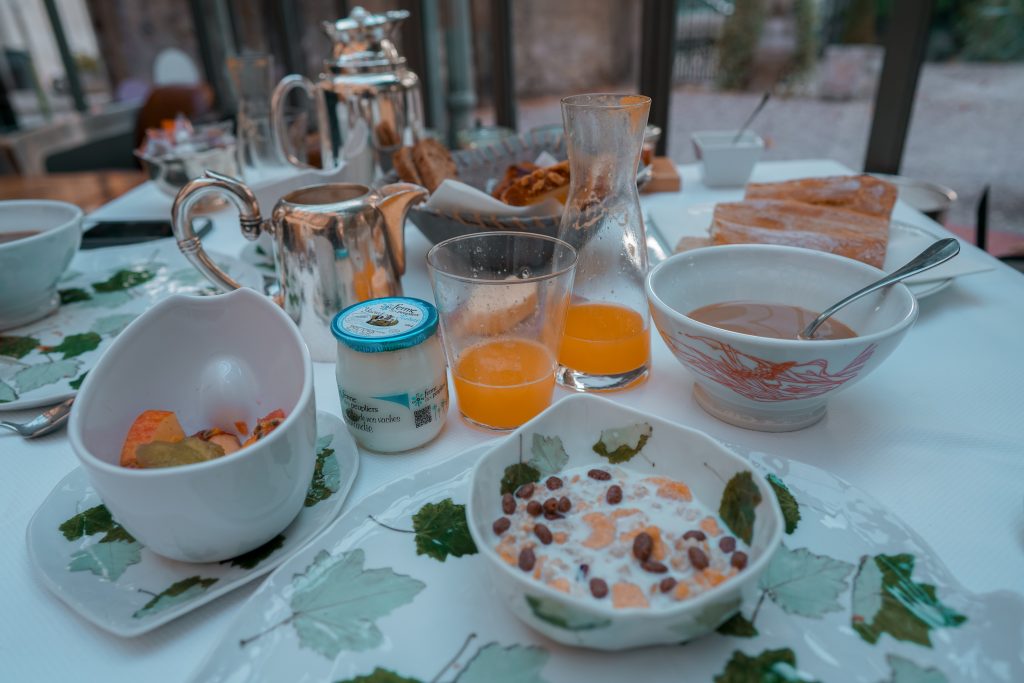
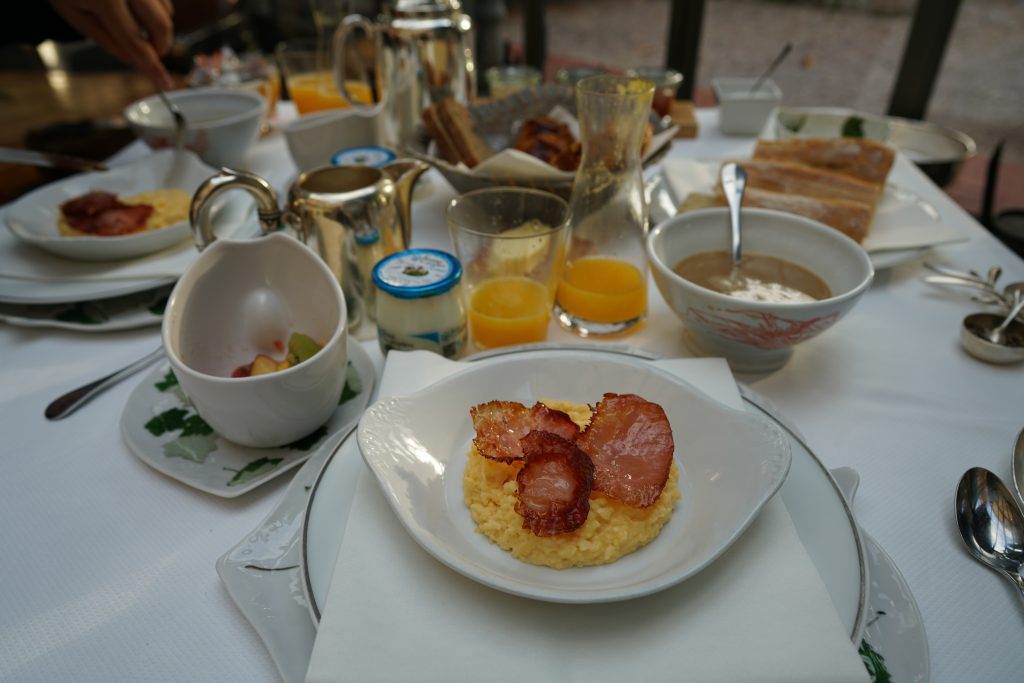
In the area… Local Gem:
The house of “Coteaux Varois de Provence” wines, neighboring the Hostellerie. A pivotal player in the wine-growing world is located in a picturesque building of impressive volumes and minimalist décor. Wines from the “Coteaux de Provence” are center stage which is why there is no better place to be introduced to a general guide to oenology, particularly to the local wines: the 80 cellars and domains of the region are represented here.
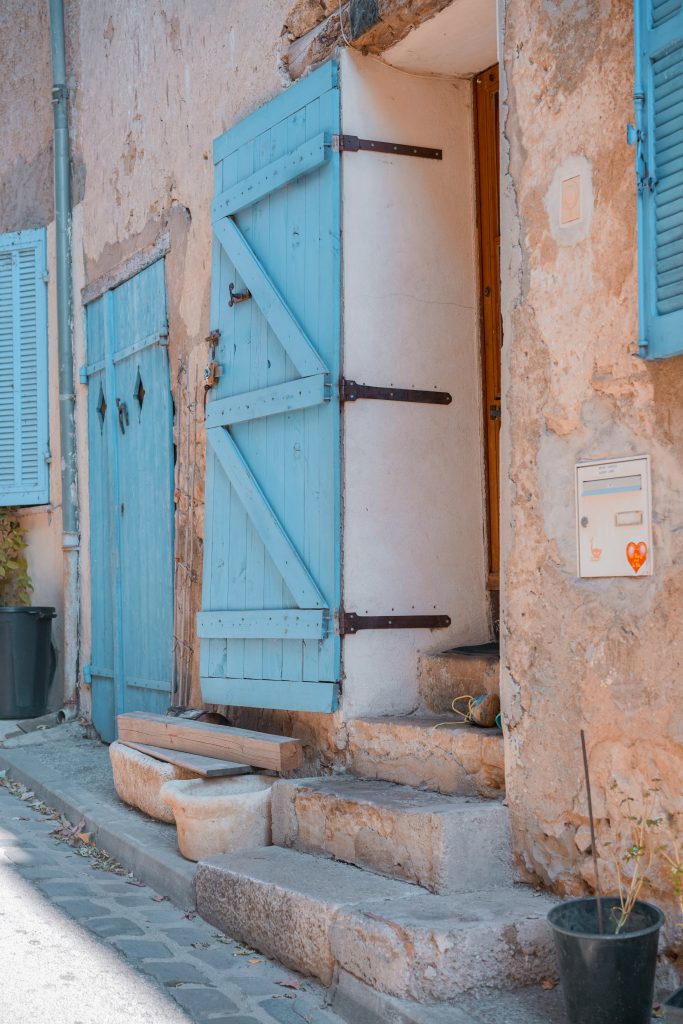
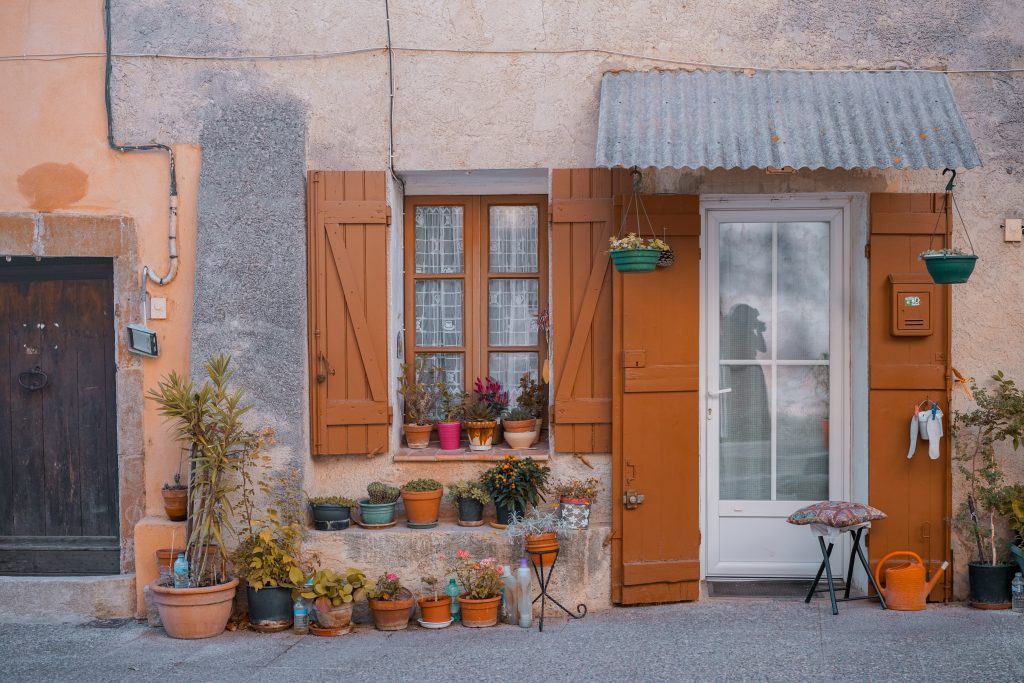
Brignoles:
The old medieval village is discovered from an elegant doorway to a ducal palace, revisiting the rich hours of the Dukes of Provence: you may organize a visit on a Saturday morning to enjoy the colorful market and its scents. Saint Sauveur church, built in the 11th century, or Templars Gate are testimonials to a glorious past, as are the Roman ruins in Fréjus, only a few miles away. Aqueducts, amphitheater, Roman theaters or arenas transport you back to the cradle of occidental history. Entrecasteaux castle, built in the 16th century in the valley of the Bresque and on a river of the same name, or the famous Thoronet abbey, both offer an inspired voyage throughout a medieval universe. Finally in Mazaugues, man’s ingeniousness has evaded nature’s tricks: natural glaciers in Fronfrège allowed winter ice to be kept in stone cylinders for use in Marseille and Toulon, until the 19th century.
Chateau Fontainebleau du Var (wine tasting):
Enjoy an unforgettable glass of rose (native to the region) at the 17th century Fontainebleau Castle, one of the most exceptional wineries in the region.

Click to continue reading…
